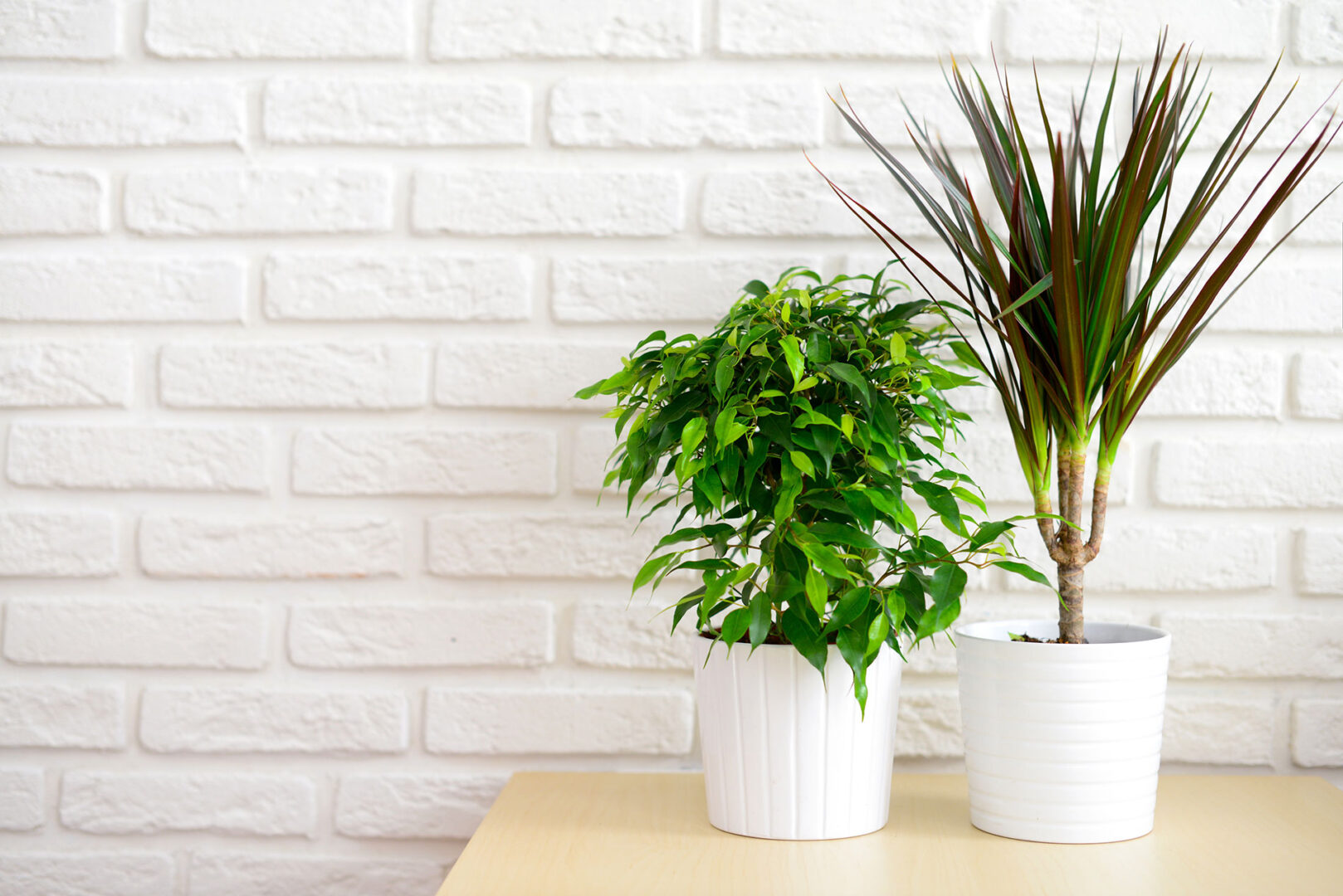Because February is Houseplant Month here at the Great Big Greenhouse and we offer free repotting for the month, we’ve been spending a lot of time with our hands buried up to the wrist in potting soil. So let us share with you a few observations.
- When you buy a new houseplant, it doesn’t usually need to be re-potted. Actually, in most cases, it’s better for the plant to get used to its new location before getting used to a new pot, too. Plants are very single-minded. They don’t really want to do more than one thing at a time. If you take one home, it needs to get used to its new home. If you repot one, it needs to grow new roots. Try not to make a plant do two things at once.
- Bigger is not better. We sometimes forget that plants need air as much as they need water. Repotting a plant into a much larger pot means that the roots have all this extra wet soil pressing on them and they can’t drain it fast enough so end up rotting instead. Try to repot into a container no more than one to two inches bigger than the pot it is in.
- Make sure a plant is potted into the correct potting medium. Most plants are happy in a good quality potting soil however some plants have special requirements. Cacti and succulents should go into prepared cacti and succulent soil mix. Orchids also have their own special potting medium. Never, under any circumstances, use garden soil in place of potting soil.
- Once a plant has been repotted, be aware that the watering needs will change. Because of the extra soil, the plant will stay damp a little longer, so always check the soil with your finger before watering.
- When a plant is showing signs of stress—dropping leaves, for example—it almost never has to do with needing to be repotted. Repotting a stressed plant, in some cases, can cause more harm than good. Always find out why your plant is stressed (that’s what garden center employees are here for) and address those issues before repotting. Avoid using a pot that does not have a drainage hole. Yes, you can be very careful watering, however, all it takes is adding a little too much water just once.
- When you do re-pot a plant, be sure not to add any more soil on top that is already there. Keep the new soil to the sides and bottom of the plant.
So how do you know when a plant needs to be repotted? If it is a plant that produces new shoots to the side—certain kinds of orchids or snake plants, for example–I wait until there is literally nowhere else for a new shoot to go but over the side of the pot. For a regular plant, I wait until the plant is beginning to dry out much faster than usual—a sign that the roots have outgrown the existing soil.
By the way, if you miss free repotting in February, we still do repotting the rest of the year for a very nominal fee. However, we are always available to answer any questions you might have free of charge!

